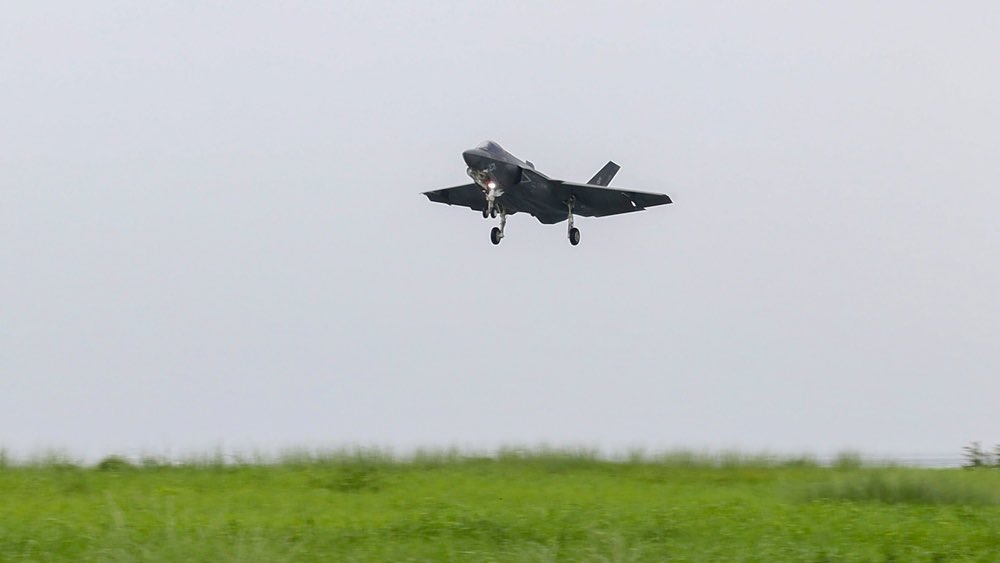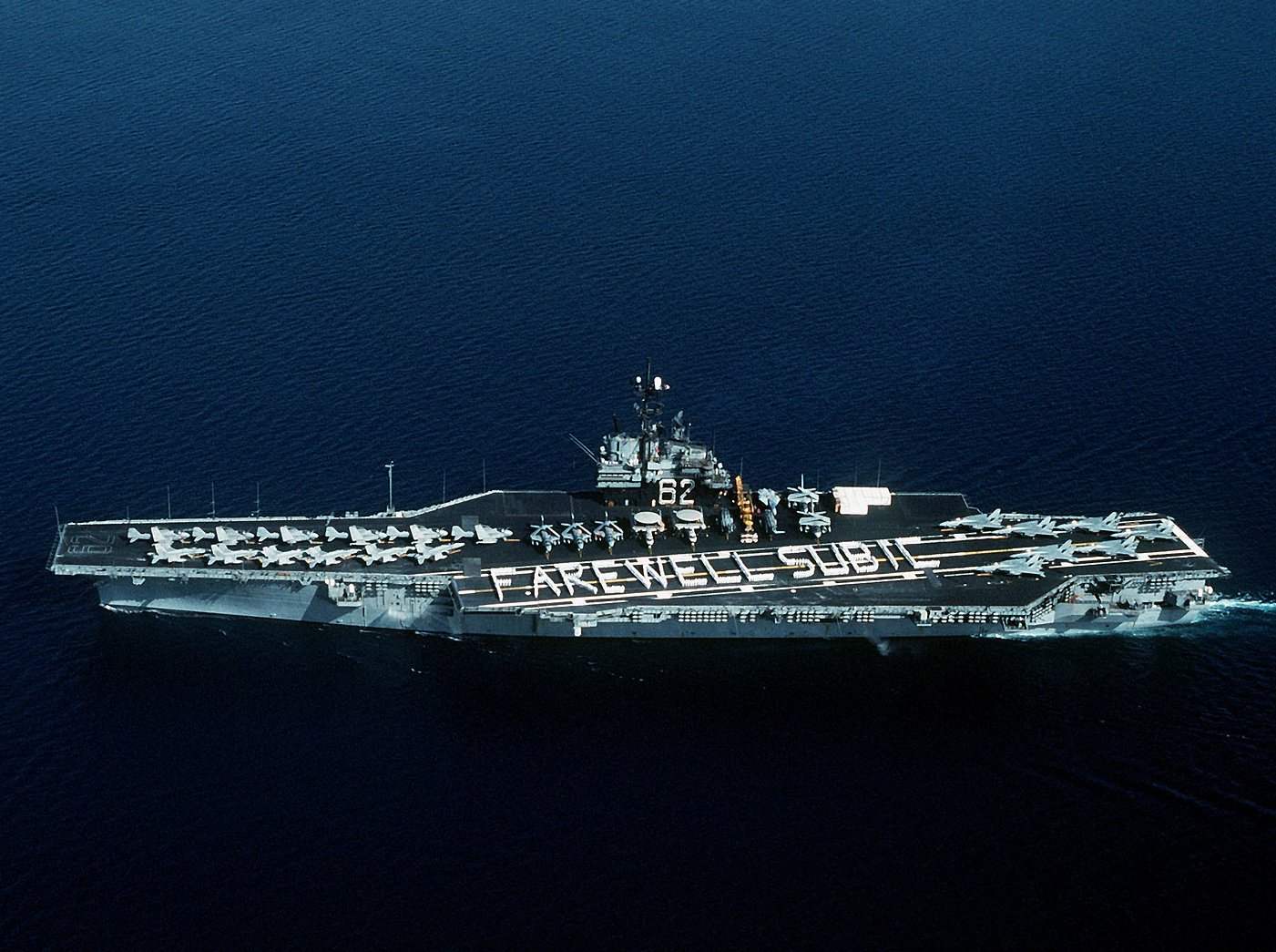As the provisional agreement between the Philippines and China concerning the resupply of Filipino troops shows cracks, the United States has stepped in to reinforce the principle of freedom of navigation in the disputed South China Sea.
The US Secretary of State Antony Blinken and Defense Secretary Lloyd Austin arrived in Manila on July 30 to hold the 2+2 ministerial dialogue with their Filipino counterparts, Philippines’ Secretary for Foreign Affairs Enrique A. Manalo and Secretary of National Defense Gilberto C. Teodoro, Jr.
The fourth iteration of the dialogue comes after a period of high tension between the Philippines and China in the South China Sea. The officials also visited Subic Bay, which was once home to a key US Naval base.
Defense Secretary Lloyd Austin wrote on the social media site X: “It was great to visit Subic Bay, including the headquarters of the Philippine Navy, at a time when we’re doing more than ever to deepen our defense industrial cooperation and support the Philippine military’s modernization.”
Later, Austin wrote another post: “The United States, the Philippines, and our partners are hard at strengthening our defense industrial bases like never before. It was great to see those results and opportunities firsthand at Subic Bay.”
.@SecDef Austin underscored our countries' shared priorities to further strengthen maritime security and regional stability in the #IndoPacific during his visit to the @Philippine_Navy headquarters in #Subic Bay. #FriendsPartnersAllies https://t.co/Tw3mbeHX9f
— U.S. Embassy in the Philippines (@USEmbassyPH) July 31, 2024
Subic Bay is on the west coast of the island of Luzon in the Philippines. It lies about a hundred kilometers northwest of Manila Bay and is near the disputed Scarborough Shoal. The US operated its naval base on Subic Bay for about 94 years before finally relinquishing it in the 1990s and turning it over to the Philippines’ authorities.
Amid heightened tension with China, the Philippines has reignited military activity in Subic Bay. In February last year, Rolen Paulino, Head of the Subic Bay Metropolitan Authority (SMBA), told Nikkei Asia that Subic’s deep harbor and proximity to the South China Sea make it an ideal option for military operations. “It’s very strategic,” he said. “It’s only an hour away from Taiwan. It is about 30 minutes away by F-14.”
In June 2024, reports suggested that the Philippines was considering establishing a new base at Subic Bay to enhance its capability for aerial surveillance and power projection in the South China Sea.
Philippine Air Force bidding documents and development plans reportedly suggested that Manila was considering establishing a new forward operating base capable of accommodating attack and reconnaissance aircraft at Subic Bay airport.
Also, the Philippine Navy has started using a portion of the facility as a new naval base, as announced by the country in late 2022. The former naval base was converted into a sprawling port known as Subic Bay Freeport.
However, a fresh understanding of the bay’s strategic significance has emerged with increased tensions in the surrounding waterways, where Beijing and Manila are embroiled in a territorial dispute.

Explaining the strategic significance of Subic Bay, Philippines-based military analyst Miguel Miranda earlier told EurAsian Times, “Subic Bay and its historical naval refit facility are one of the best military infrastructures in Asia. It can dock aircraft carriers and nuclear-powered submarines and, if permitted, service these vessels for maintenance and repair. From Subic, which forms a perfect natural harbor, a Navy has direct access to the South China Sea or the West Philippine Sea and all the bodies of water that connect to it.”
In late November 2022, reports surfaced that the US military was poised to return to Subic Bay. However, both sides later refuted these reports. Certain Filipino officials previously suggested that Subic Bay might be one of the military bases available for US use. The US has since been granted access to other military bases in the Philippines, which do not include Subic Bay.
Nonetheless, as a treaty ally of the Philippines, the visit of US officials to Subic Bay is noteworthy. The visit comes as the United States officials visiting Manila pledged a hefty aid package for the country as part of their burgeoning cooperation.
Millions In Aid For The Philippines
In the meeting, top officials from the US and the Philippines reaffirmed their rights to navigate the South China Sea and its international airspace, even as China attempts to impede these activities.
Speaking in a joint press conference, Antony Blinken said, “We are about making sure that all of us can protect and uphold our sovereignty, our territorial integrity, freedom of navigation, freedom of commerce, which is so vital to everyone in this region.”

Additionally, the United States announced a $500mn in military funding to the Philippines. “We’re now allocating an additional $500mn in foreign military financing to the Philippines to boost security collaboration with our oldest treaty ally in this region,” Blinken told reporters alongside the Filipino Foreign Affairs Secretary Enrique Manalo and Defense Secretary Gilbert Teodoro.
Blinken called the assistance a “once-in-a-generation investment” that will help modernize the Coast Guard and armed forces of the Philippines. Defense Secretary Austin also said the funding showed that the US was willing to take “bold steps to strengthen our alliance.”
Incidentally, the dialogue comes after the Filipino forces successfully resupplied BRP Sierra Madre, a warship run aground by the country in the disputed Second Thomas Shoal, which effectively functions as a military outpost in the region. In recent months, China has disrupted these missions, resulting in armed confrontations between the two sides.
Last month, the two sides struck a deal whereby China said it would allow the Filipino forces to resupply their troops in a “humanitarian spirit”. However, there are signs that tensions are resurfacing as Manila accused Beijing of “mischaracterizing” the recent resupply mission.
Teresita Daza, a spokesperson for the Philippine foreign ministry said the recent resupply mission was carried out without any problems as long as Chinese coast guard vessels stayed at a “reasonable distance”.
However, taking a very contrasting line, after receiving advance notice of the mission, China’s Coast Guard “let the vessel through” following “on-the-scene confirmation”.
This was lamented by the Philippines’ Foreign Ministry in what has been construed as an indication that this provisional arrangement was shaky. “Instead of acknowledging how two countries were able to manage differences to avoid miscalculation and misunderstanding, the spokesperson chose to misrepresent what has been agreed between the Philippines and China,” Daza said in a statement.
Neither side has released the text of the agreement, and it is believed that both sides have a slightly different version of what was decided to ease the tensions.
This makes the US military package and the 2+2 dialogue all the more significant. The US and the Philippines have a ‘Mutual Defense Treaty’ in place, and Washington would have to defend Manila in case of a conflict. The two sides have recently moved closer in the face of Chinese aggression in the South China Sea.
Blinken and Austin issued a fresh warning, saying that if Filipino forces, ships, or aircraft were attacked in the Pacific, including the South China Sea, the United States would assist in defending the Philippines.
- Contact the author at sakshi.tiwari9555 (at) gmail.com
- Follow EurAsian Times on Google News




